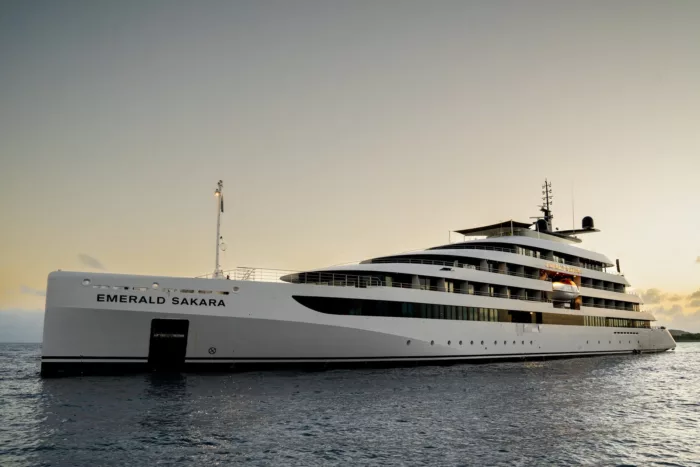
Emerald Cruises
Emerald Cruises offers a modern, relaxed, super-premium all-inclusive cruising experience, with contemporary and elegant ships and bucket-list destinations.
Onboard, guests are able to dine at four all-inclusive and unique outlets, enjoying free-flowing alcoholic beverages at mealtimes. Flexibility is key, with its range of shore excursion packages, and every aspect of the trip is taken care of – including flights and transfers.
100
Passengers
72
Crew
2023
Launched
110m
Length
6
Decks
EUR
Currency
Cruise Itinerary
Day 1
Nice, France
Day 2
Santa Margherita Ligure, Italy
Day 3
Saint-Tropez, France
Day 4
Menton, France
Day 5
Monte-Carlo, Monaco
Day 6
Nice, France

Day 1
Nice, France

Day 2
Santa Margherita Ligure, Italy

Day 3
Saint-Tropez, France

Day 4
Menton, France

Day 5
Monte-Carlo, Monaco

Day 6
Nice, France
Ship Details


Emerald Cruises
Emerald Sakara
Revel in the small yacht cruise experience, and journey into the heart of port towns. Measured guest numbers ensure you have plenty of space to unwind on board. Our boutique yachts have been designed for you; join us on board to discover relaxed luxury.
Cabins
All Prices

